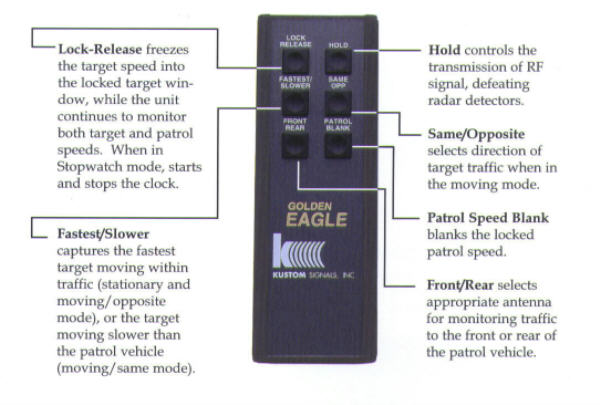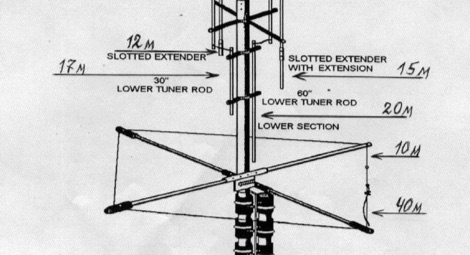
- #Eagle One Antenna Manual manuals
- #Eagle One Antenna Manual serial number
- #Eagle One Antenna Manual Pc
When driving the bus, to press the key of Speed Up, the speed would change to a fast Level with a reminding sound of Di. Īfter turning on the car, to press the Open/Close key on the remote controller, the door could be opened /closed. To push the Left Handle forward/backward, the Right Handle turns left/right, and the car would turn left/right. To push the Left Handle forward/backward, the car would go forward/backward.(Fig 3b) To press the Horn Key on the remote controller after starting the car, the car would emit a simulated sound. Press the ON/OFF key, there will be a start-up sound press the key again after starting.


The auto-coding is successful if the indicator on the remote controller turns from slow to quick flashing and then turn off after 1 sec.
#Eagle One Antenna Manual Pc
#Eagle One Antenna Manual serial number
Each remote control has a unique serial number and can be certified just like a tuning fork.

The microphone and the amplifier are taking the acoustical signal produced by ringing the tuning fork and transforming it into an electrical signal that is measured with the frequency counter. When certifying a mechanical tuning fork, a Service Technician uses a microphone, an amplifier, and a frequency counter to conduct the test.The oscillator in the Eagle 3 remote produces a consistent signal that doesn’t change with time and that does not produce harmonics. A traditional fork also dampens over time (the fork stops ringing). For example, when you ring a fork too hard, you can produce harmonics which can result in bad speeds during the fork test. A very nice benefit of the Eagle 3 electronic fork signal is that it produces a more consistent signal. The Eagle 3 remote control produces the same type of signal which is oscillating at a particular frequency that is processed by the radar as a Doppler shift.When you ring a tuning fork, the fork oscillates at a particular frequency that is seen by the radar as a Doppler shift for a particular speed for the particular frequency band of operation by the RADAR antennas. A tuning fork is not ringing at 35 MPH, otherwise you could use the same fork to test a K-band or a Ka-band RADAR antenna. A traditional fork rings at a particular frequency that the RADAR processes as a Doppler shift. The RADAR sees no difference between the two methods and either the electronic fork or a traditional mechanical tuning fork may be used to test the Eagle 3 RADAR. The Eagle 3 remote control with electronic tuning fork uses a crystal-based oscillator and a microwave mixing diode to produce a very precise and stable electronic signal like that of a traditional tuning fork.

#Eagle One Antenna Manual manuals
Operating Manuals and Quick Start Guides.Back Office Storage - Eyewitness Data Vault.Falcon HR Railroad Handheld Doppler RADAR.


 0 kommentar(er)
0 kommentar(er)
